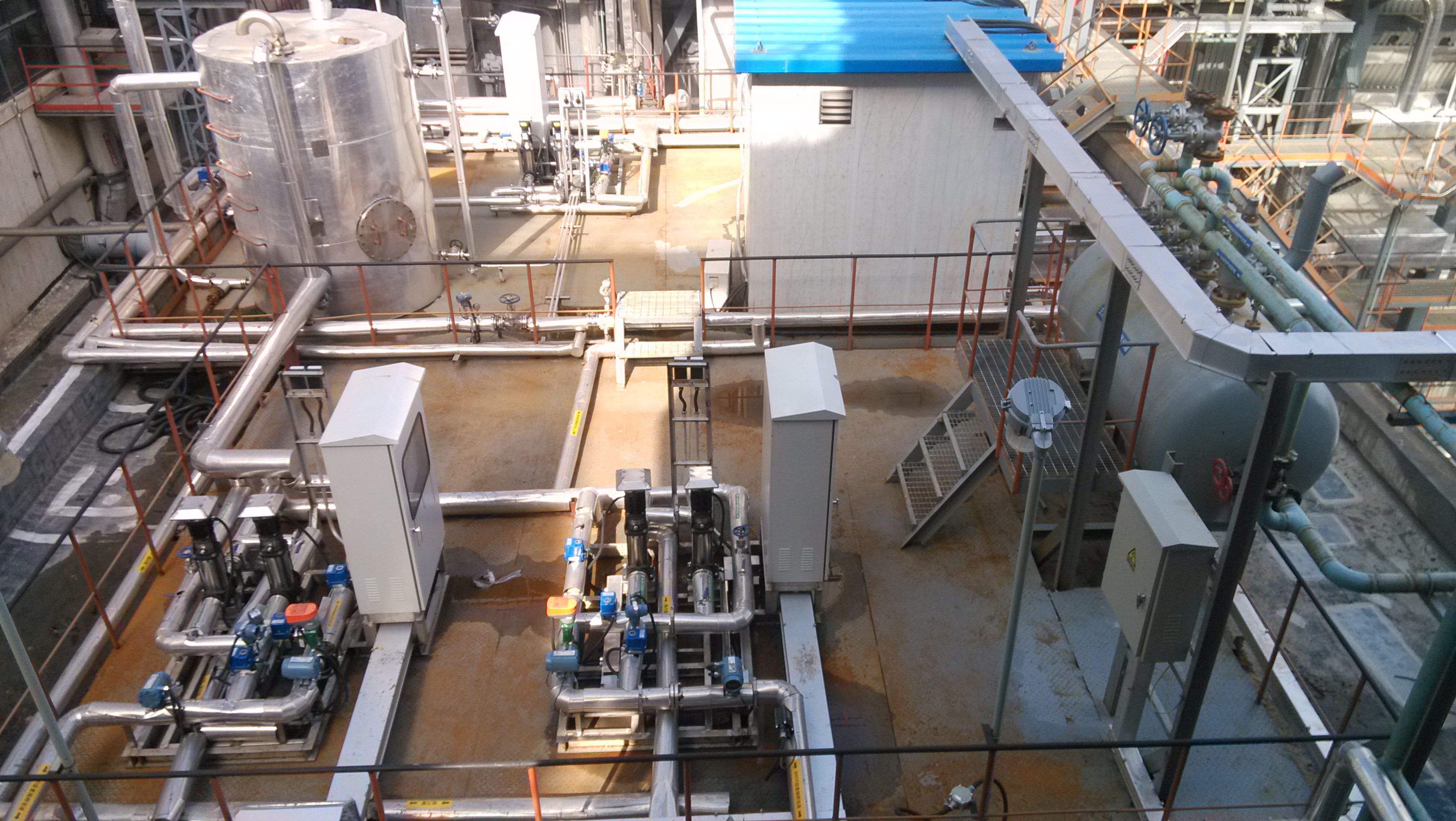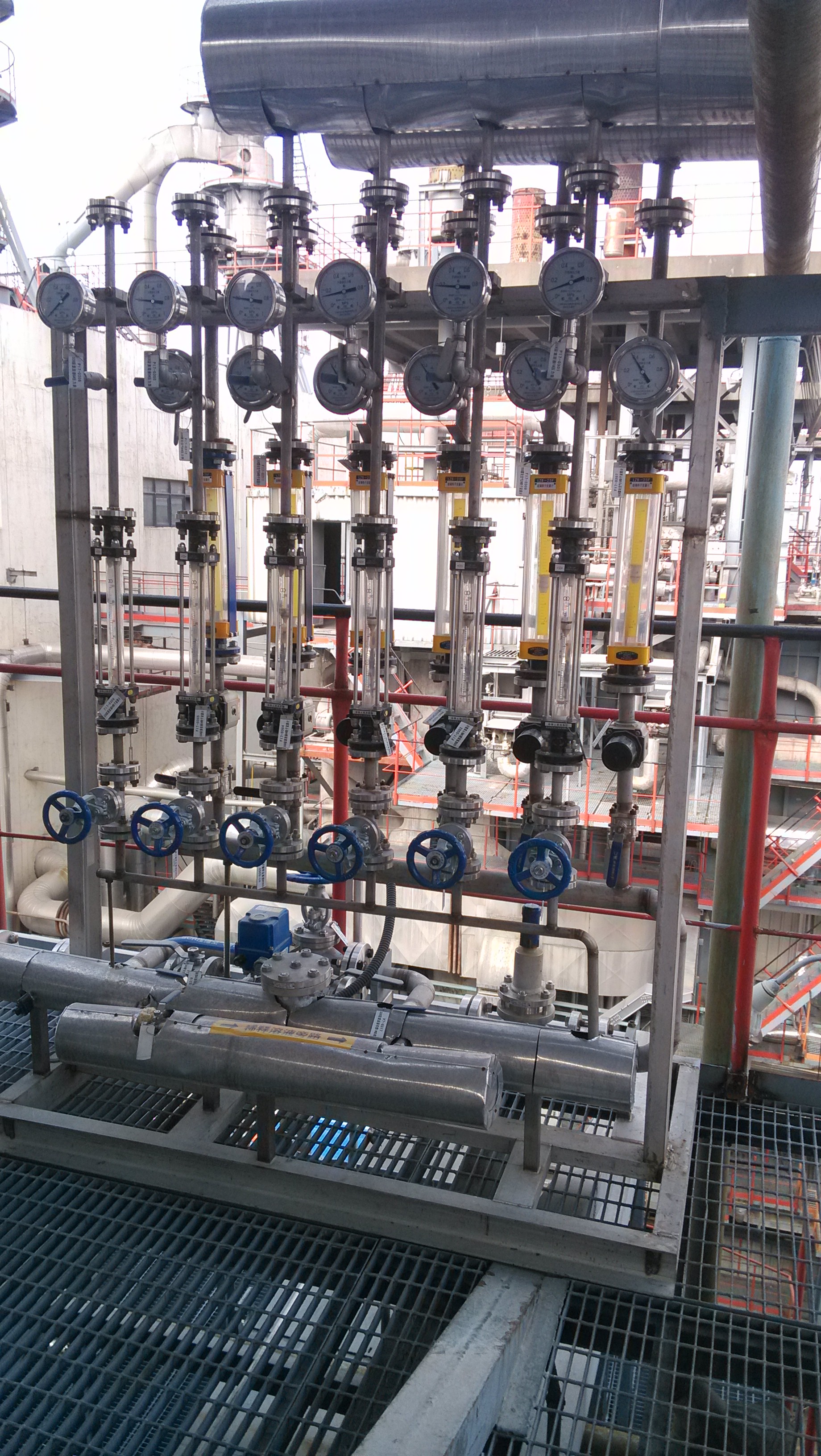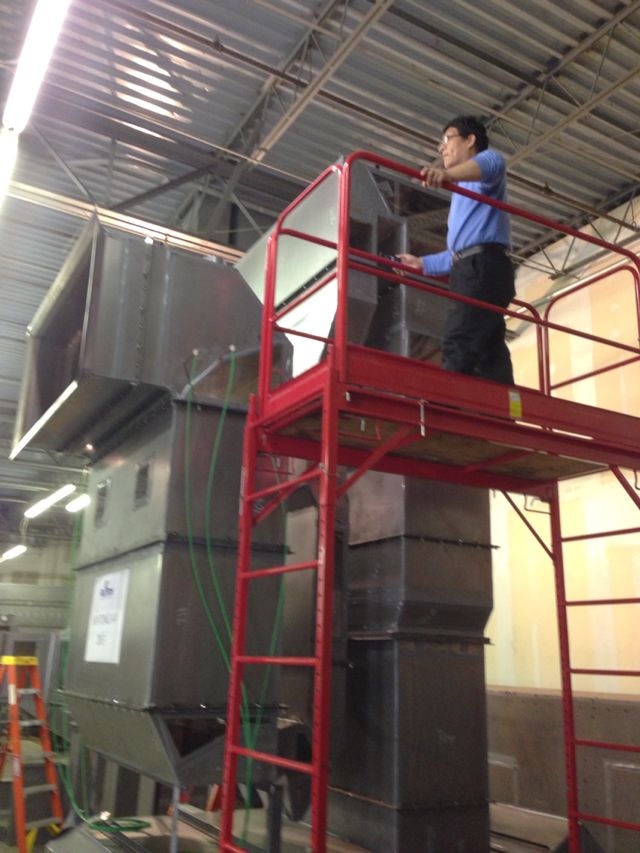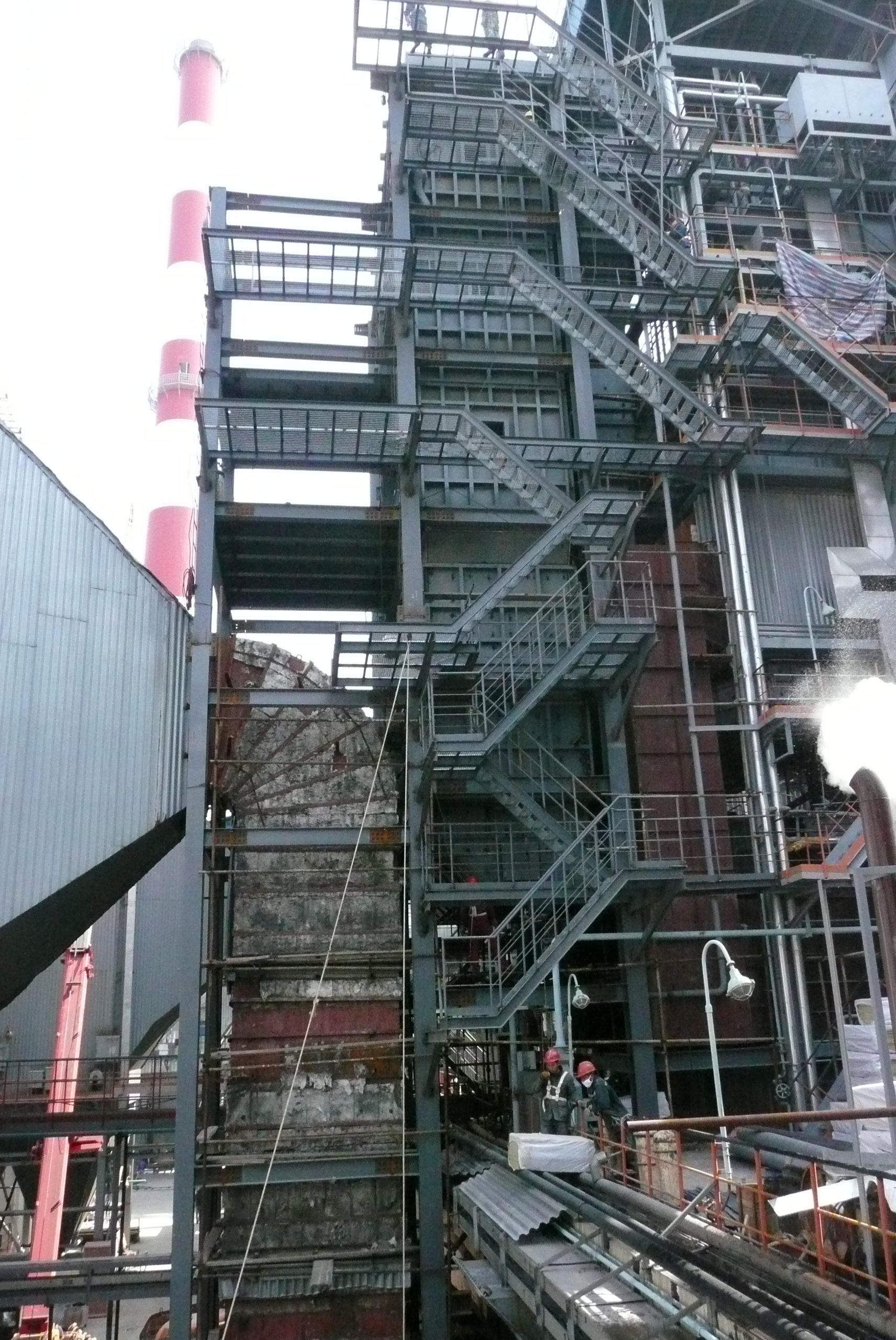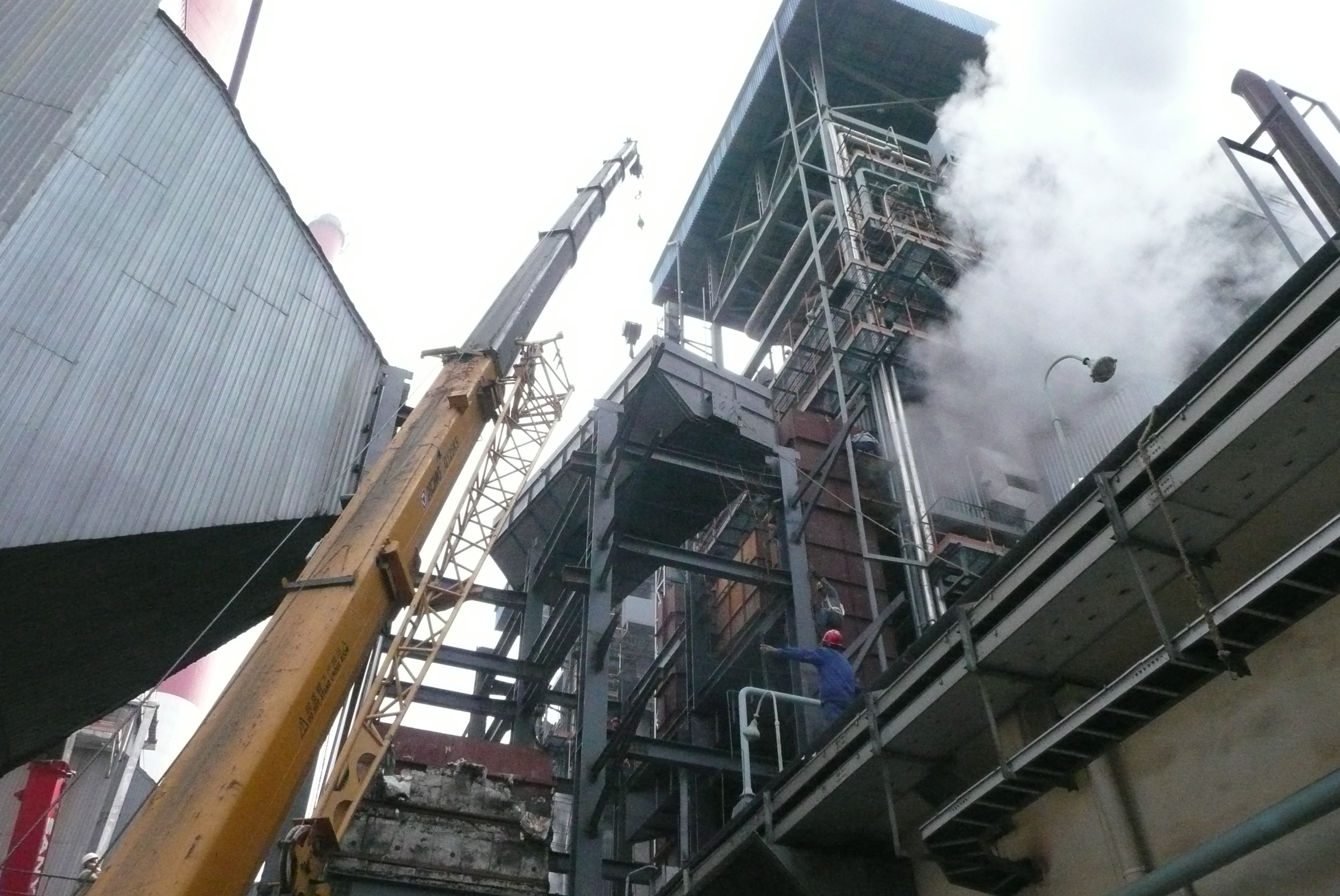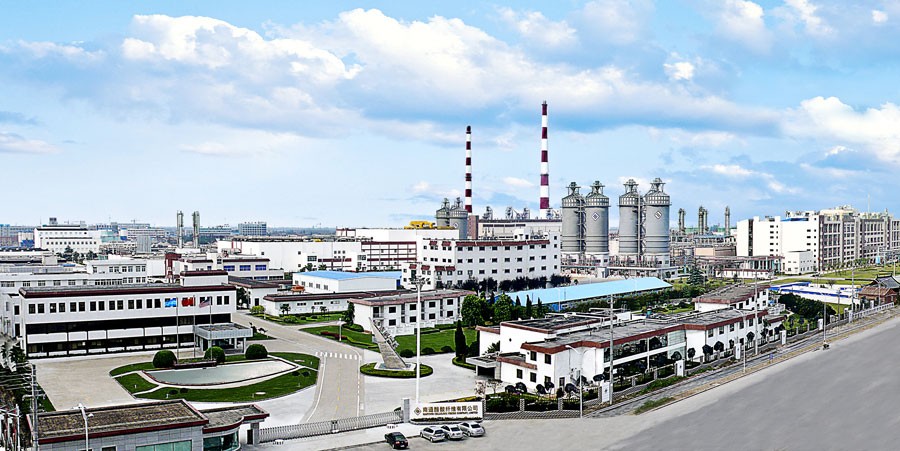
This retrofit aims to significantly reduce emissions, particularly nitrogen oxides (NOx), through a combination of Low NOx Combustion technology and a hybrid Selective Non-Catalytic Reduction (SNCR) / Selective Catalytic Reduction (SCR) method.
Project Overview
Location:
- Nantong City, Jiangsu Province, China.
Ultimate User:
- Nantong Cellulose Fibers Co. Joint Venture of China National Tobacco Corporation and Celanese Corporation.
Commercial Start-Up:
- Between 2013 and 2014.
Boiler Parameters:
- 4 units of 75T/H medium-temperature and pressure cyclone boilers.
- 2 units of 130T/H medium-temperature and pressure tangential firing boilers.
- Fired Fuel: Bituminous Coal.
- Combustion System: Cyclone and Tangential Firing, utilizing a pulverized-coal boiler of intermediate storage type.
Retrofitting Techniques
1. Low NOx Combustion Technology:
- This technology focuses on reducing the formation of NOx during the combustion process. It typically involves modifications to the boiler's combustion methods to control the air and fuel mixture, resulting in lower flame temperatures and reduced NOx production.
2. SNCR/SCR Hybrid Method:
- SNCR (Selective Non-Catalytic Reduction): This process involves injecting a reagent, such as ammonia or urea, into the boiler's flue gas at high temperatures, which reacts with NOx to form nitrogen and water.
- SCR (Selective Catalytic Reduction): SCR further reduces NOx emissions by passing the flue gases through a catalyst that facilitates the reaction between NOx and a reagent (like ammonia), but at lower temperatures compared to SNCR.
- Extensive CFD Modeling and Physical Modeling Done in USA
The hybrid approach combines both SNCR and SCR methods to optimize NOx reduction efficiency.
Performance Post-Retrofit
Key Achievements:
- NOx emissions reduced to less than 50mg/Nm3 (@6% O2).
- Ammonia (NH3) slip, a potential byproduct of NOx reduction processes, maintained at less than 1ppm.
Implications and Benefits
-
Environmental Impact: Significant reduction in NOx emissions helps in combating air pollution and aligns with stringent environmental regulations.
-
Operational Efficiency: While improving environmental performance, the retrofit ensures that the boiler's operational efficiency is maintained or even enhanced.
-
Economic Considerations: Although such retrofits require initial investment, they can lead to long-term cost savings through improved efficiency and potential avoidance of penalties related to emissions.
-
Technology Demonstration: This project serves as a model for other industries reliant on similar boiler systems, demonstrating how existing infrastructure can be modified to meet modern environmental standards.
Conclusion
The retrofit project at Nantong Cellulose Fibers Co. exemplifies how traditional coal-fired boilers can be transformed to meet contemporary environmental standards without sacrificing operational efficiency. The combination of Low NOx combustion and the SNCR/SCR hybrid approach represents a significant advancement in emission reduction technologies, offering a pathway for industries worldwide to reduce their environmental impact while maintaining economic viability.
